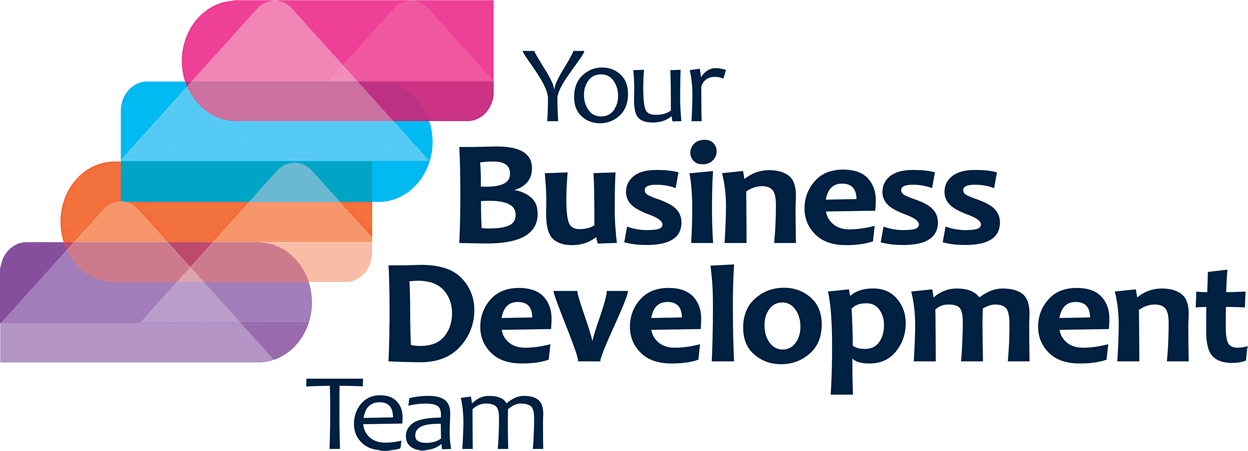Looking for the missing pieces in a puzzle is something that we are taught from a young age. Have you noticed how much time you spend dealing with questions such as:
- What could the business improve upon?
- What could you do better?
- What is missing from your current offering?
- Could your team do more?
Whichever way you look at it, we spend a lot more time concentrating on the things we haven’t quite got right, rather then what we have already accomplished.
The question I wanted to examine here is whether this negative way of thinking is harmful. There is no right or wrong answer here. I have read many positive psychology books and think it’s an important concept to bring into your life, but I don’t believe you are either all positive or all negative. Life is more complex than that and requires different answers to different questions and needs.
When it comes to creating systems in your business, identifying existing gaps in the process is key to making changes that really matter. Many business owners enjoy doing more than strategizing or creating systems and there is a lot to be said about learning through action. But unless you ask what you could have done better, you will never get the full value out of these learning experiences.
One key system to get right in your business is your sales process. You could argue that selling is selling and always consists of five key elements:
- Lead generation
- Lead qualification
- Pitch
- Follow up
- Conversion
This is very true, but every business still has its unique blueprint, based on trial and error, which creates your own unique sales success. So how do you go about bottling this? You analyze your actions by considering two key steps:
- Start by considering what you and your team currently do in each step of the sales process above
- Then work out what is missing and how you could improve the process
This will help you define your own sales process and help you identify some key steps you can take to make it even better and improve your conversion. Selling is all about conversion, so if you do this exercise often enough, you will see a real difference to your sales revenue which is the lifeblood of your business.
Coming back to my initial point, this is a great example of where a gap analysis exercise can help you appreciate what you already do well but allow you to increase your success through making improvements. So negative and positive thinking can work together to create a better outcome.
At YBDT, we start all sales consultancy projects with a gap analysis to ensure that we help our clients identify the key areas we can work on together to develop and improve. If you think this might be a good starting point, why not take our sales readiness test here.

